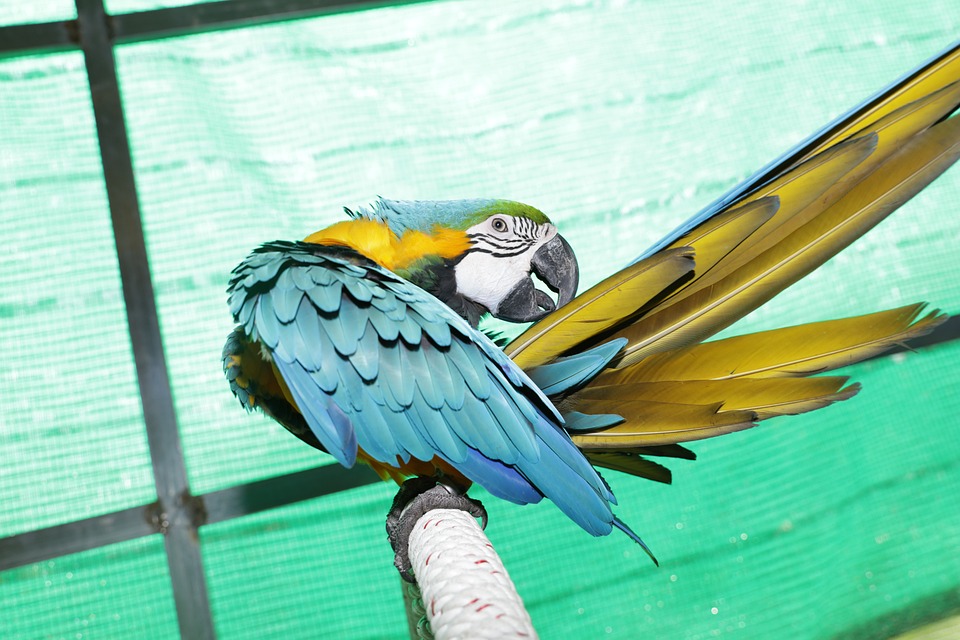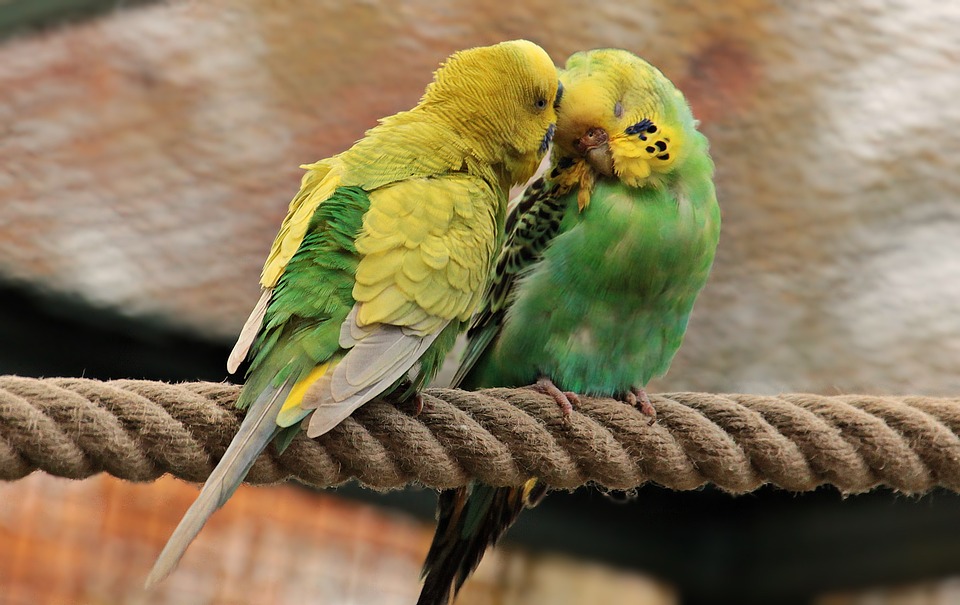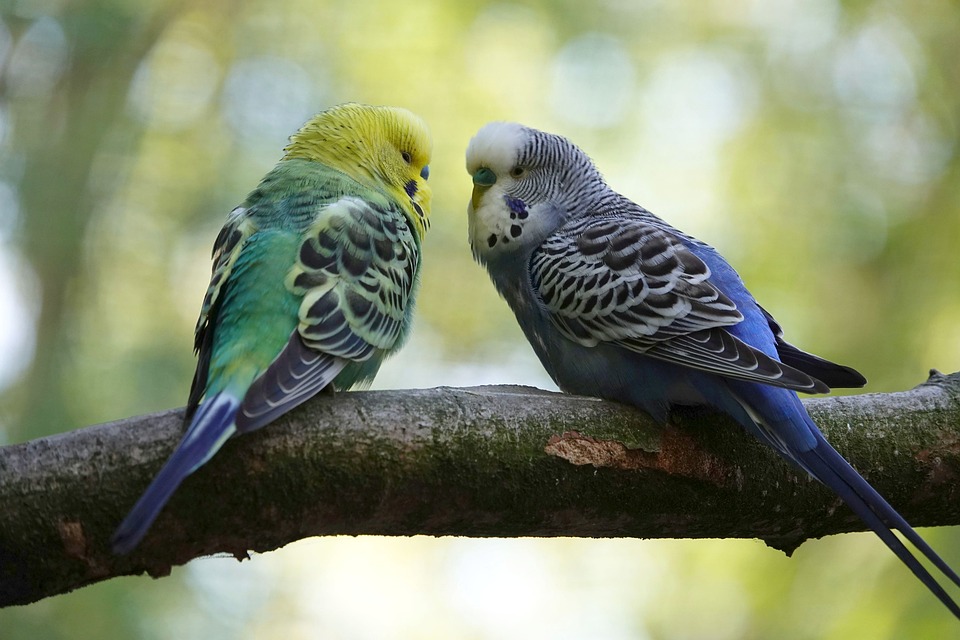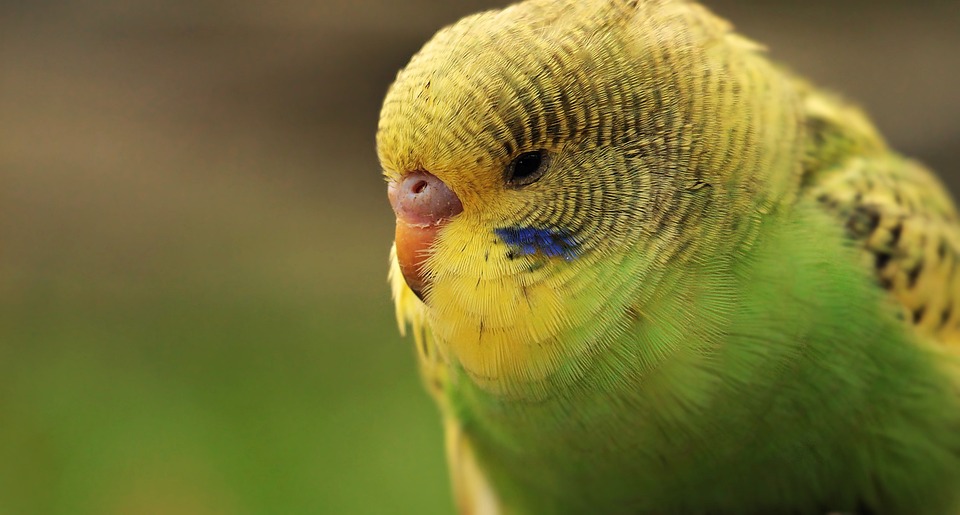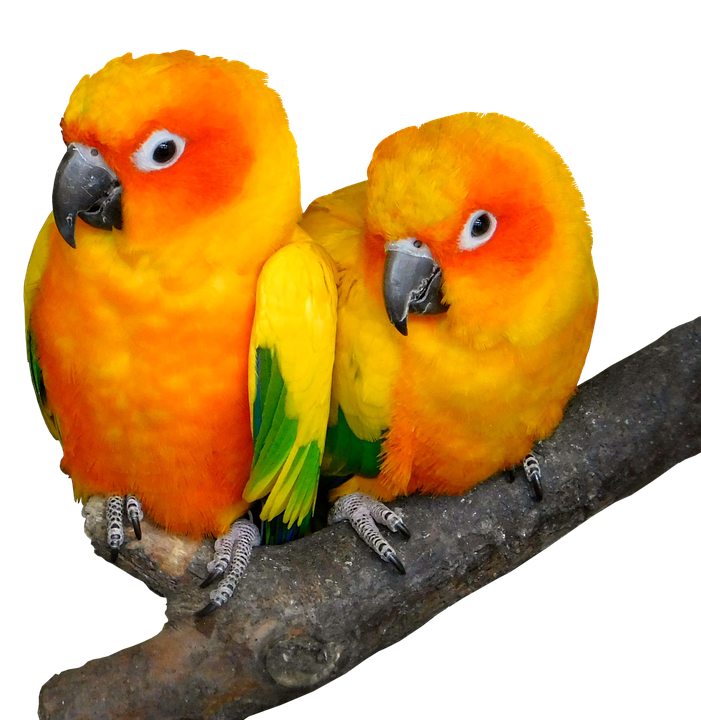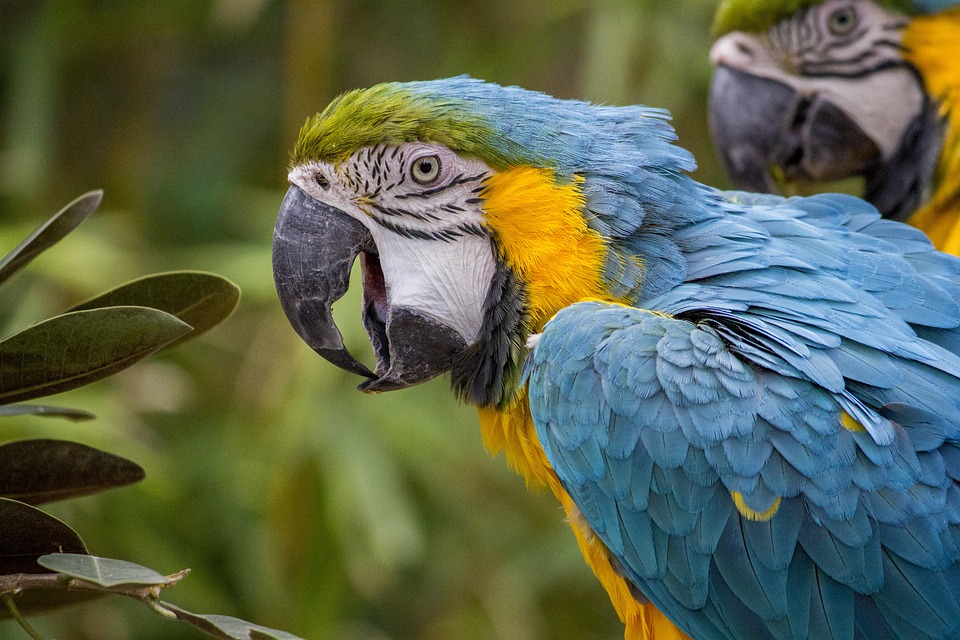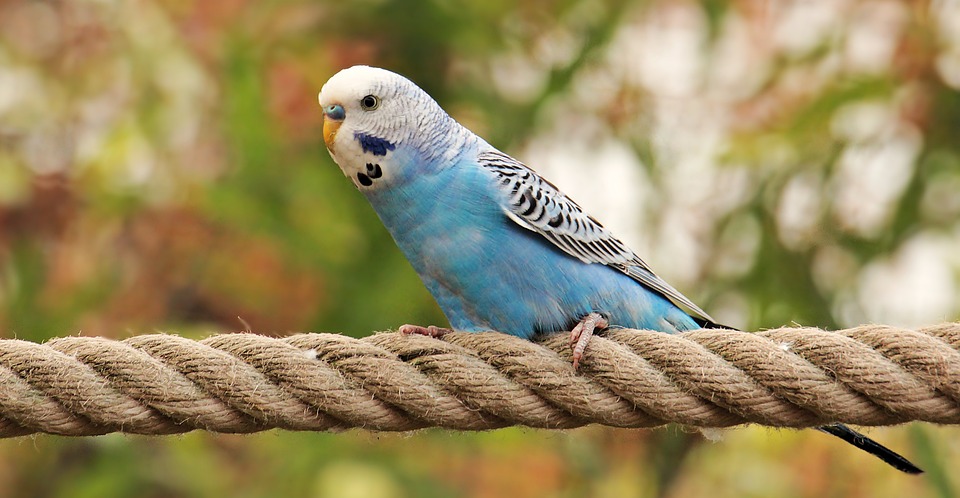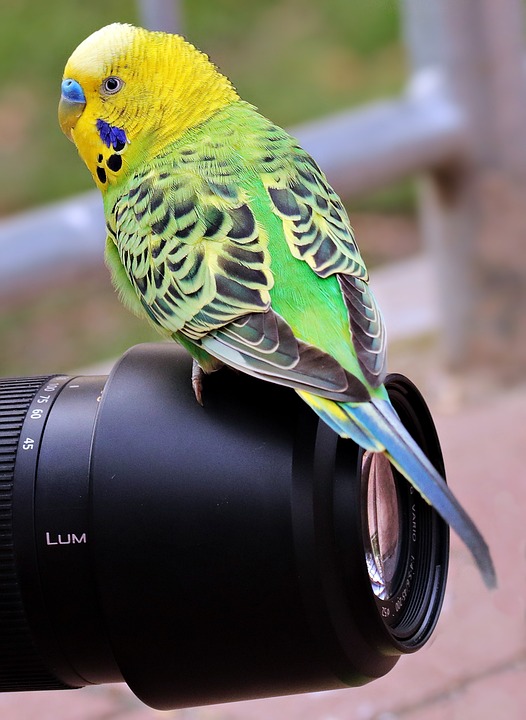Introduction:
Parrots are highly intelligent and social creatures that require both mental and physical stimulation to thrive in captivity. Establishing a daily routine that incorporates enriching activities is crucial for their overall well-being. In this article, we will guide you on how to create a daily routine that provides adequate mental and physical stimulation for your feathered companion.
Why is a Daily Routine Important for Parrots?
1. Maintaining Mental Health:
Parrots have complex cognitive abilities and need mental stimulation to keep their minds active and engaged. A daily routine that includes activities like puzzle toys and training sessions helps prevent boredom, frustration, and the development of negative behaviors such as feather plucking or excessive screaming.
2. Ensuring Physical Fitness:
Physical exercise is vital for parrots to maintain a healthy weight and prevent obesity-related health issues. A well-designed routine should include activities that encourage movement, such as flight training, wing stretching exercises, and playtime with toys. Regular exercise also helps prevent muscle atrophy and keeps your parrot physically fit.
3. Building Trust and Bonding:
A consistent daily routine helps parrots feel secure and builds trust between them and their human caregivers. By spending dedicated time together, such as during training sessions or out-of-cage time, you strengthen the bond with your parrot and create a positive and nurturing environment.
Designing a Daily Routine: A Step-By-Step Guide
1. Analyze Your Parrot’s Behavior and Needs:
To create an effective routine, it is essential to understand your parrot’s species-specific requirements and individual preferences. Different parrot species have varying dietary, social, and activity needs. Assess your parrot’s behavior, likes, and dislikes to tailor the routine to their specific needs.
2. Establish a Consistent Schedule:
Parrots thrive on consistency, so it is crucial to establish a regular schedule for feeding, social interaction, and out-of-cage time. Set specific times for feeding, ensuring that your parrot receives balanced nutrition. Allocate dedicated time for social interaction to provide companionship and mental stimulation.
3. Incorporate Mental Stimulation Activities:
Mental stimulation is key to keeping your parrot’s mind sharp. Include activities like puzzle toys and foraging to encourage problem-solving skills and mimic natural foraging behaviors. Regular training sessions with positive reinforcement help build a bond and provide mental stimulation. Enrichment activities like introducing new toys or rotating existing ones keep your parrot engaged and prevent boredom.
4. Include Physical Exercise:
Parrots need physical exercise to maintain their physical health. Flight training, where appropriate, allows them to exercise their wings and stimulates a sense of freedom. Wing stretching exercises help prevent muscle stiffness and maintain flexibility. Playtime with toys that encourage movement, such as swings or climbing structures, provides additional physical activity.
5. Provide Social Interaction:
Parrots are social creatures and require social interaction for their well-being. Allocate regular out-of-cage time for your parrot to explore their surroundings and engage with their environment. Including your parrot in family activities and allowing them to interact with other parrots, if suitable, helps fulfill their social needs.
Frequently Asked Questions (FAQs)
Q1: How long should I spend on mental stimulation activities?
Ans: The duration of mental stimulation activities varies depending on your parrot’s attention span and interest. Start with short sessions and gradually increase the duration as your parrot becomes more engaged.
Q2: Can I train my parrot to do tricks?
Ans: Yes, parrots are highly trainable and can learn a variety of tricks. Positive reinforcement techniques, such as using treats or praise, can be used to train your parrot.
Q3: How often should I change the toys in my parrot’s cage?
Ans: It is recommended to rotate your parrot’s toys regularly to prevent boredom. Introducing new toys or rearranging existing ones every few weeks keeps your parrot engaged and prevents toy fatigue.
Q4: Is it necessary to let my parrot fly outside of the cage?
Ans: Allowing your parrot to fly outside of the cage, if it is safe and appropriate, provides essential exercise and mental stimulation. However, ensure that the area is bird-proofed and free from potential hazards.
Q5: Can I introduce new parrots to my existing parrot’s routine?
Ans: Introducing new parrots to your existing parrot’s routine should be done gradually and with caution. Proper quarantine and gradual introduction protocols should be followed to ensure the health and well-being of all birds involved.
Conclusion:
Creating a daily routine that includes mental and physical stimulation is essential for the overall well-being of parrots. By understanding their individual needs and incorporating enriching activities, you can ensure that your feathered friend leads a happy and fulfilling life. Remember to regularly assess and adjust the routine to cater to your parrot’s changing requirements.

